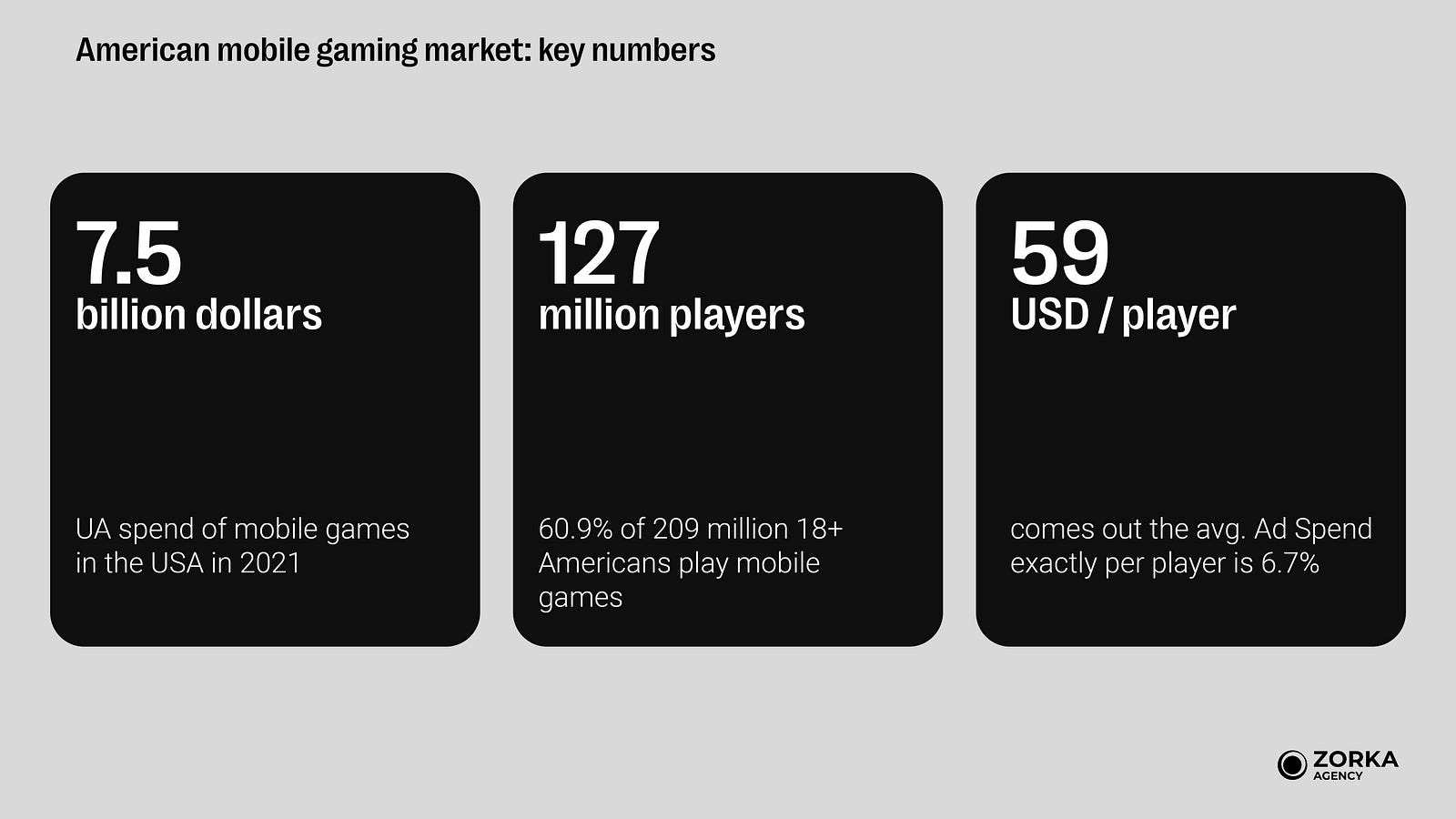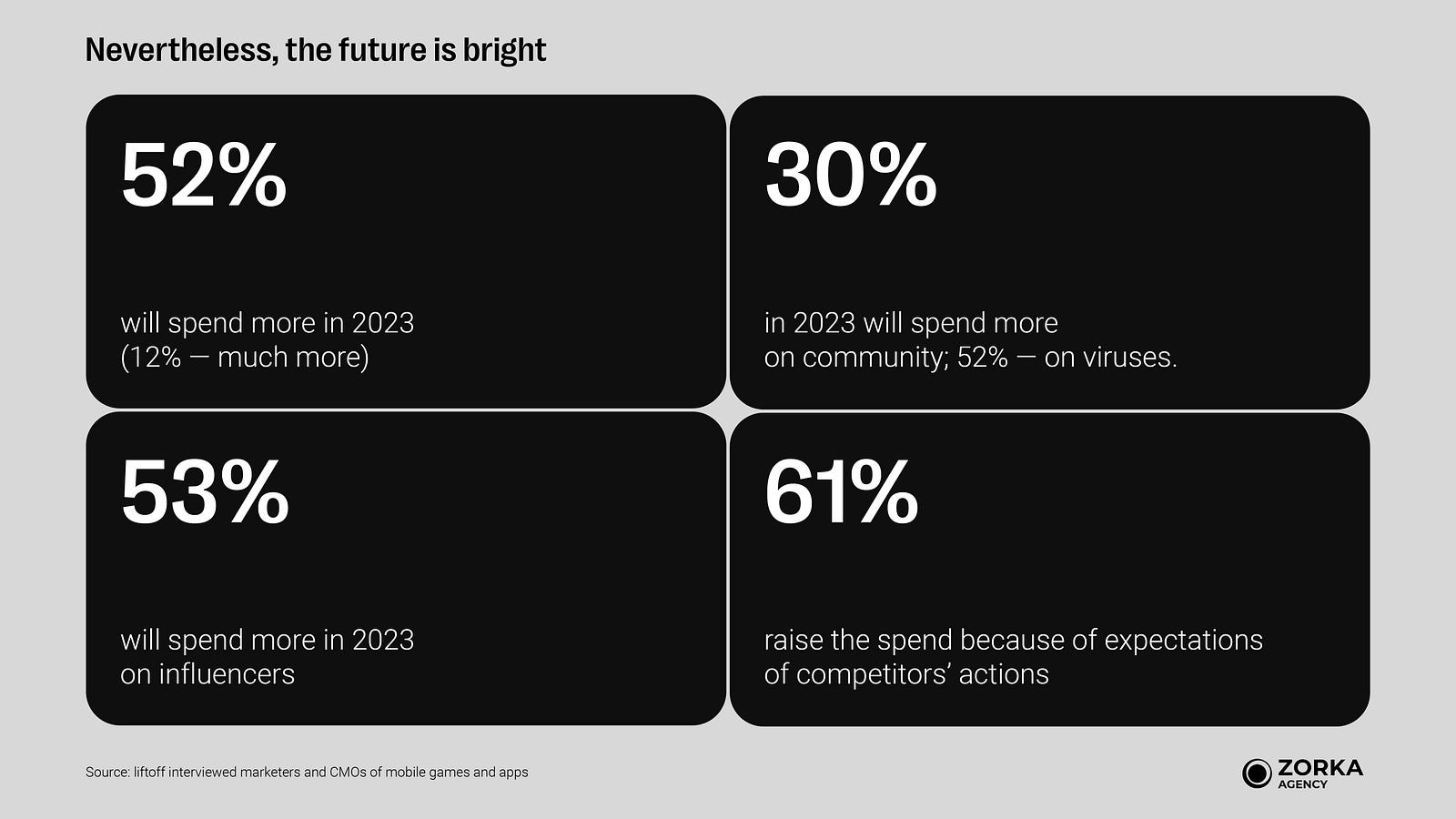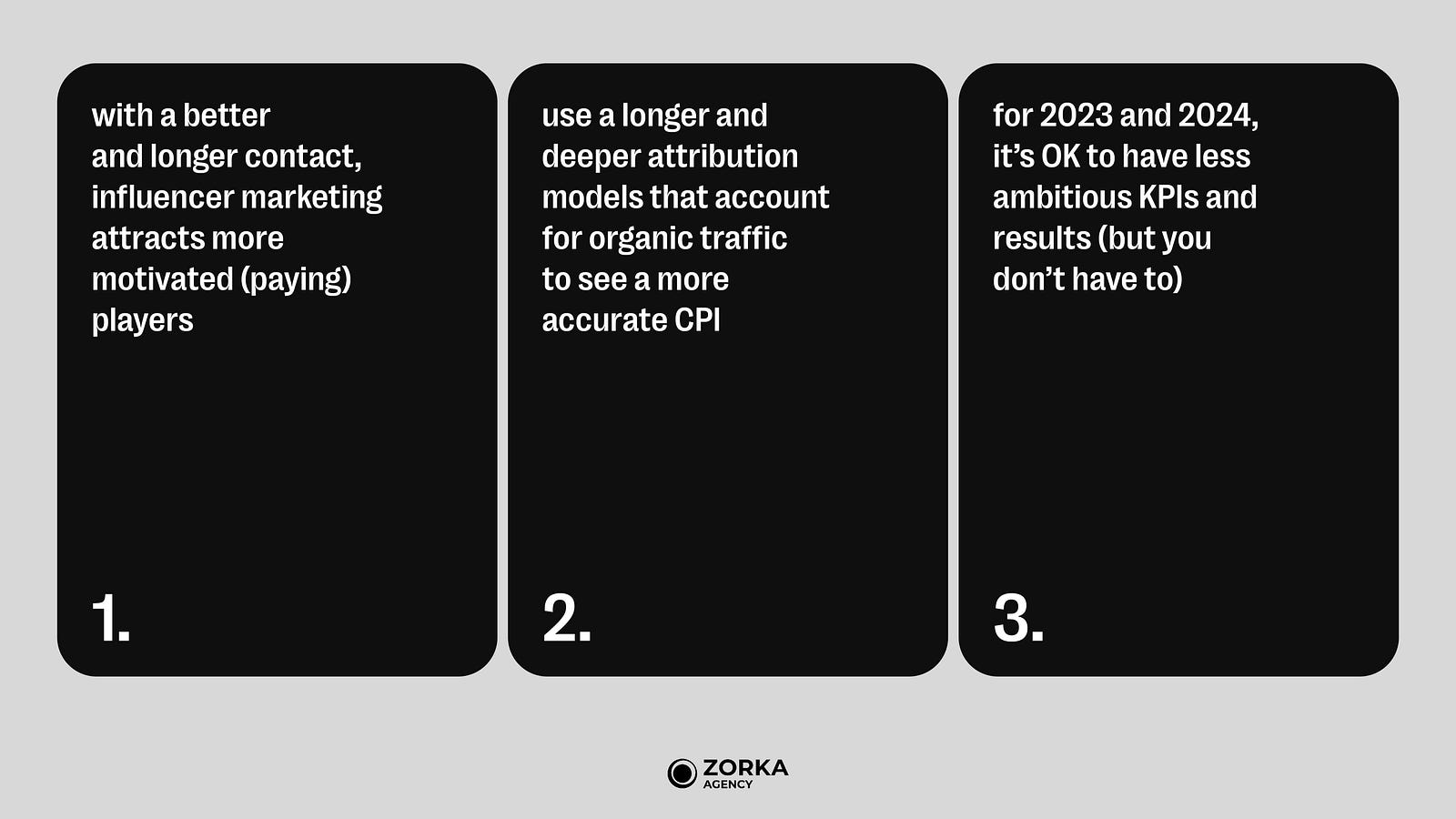The Rise of Adflation: How Can Apps & Games Market Efficiently in 2023
Ilia Lotarev , Digital Strategist at Zorka.Agency
Living in 2023 is more expensive than ever, and ad services are no exception. And while record-high inflation is already being fought with by many countries, the adflation (ad inflation) doesn’t have an easy solution.
The “adflation” is what we call the recent rapid growth in prices of advertising services. The capacity of the digital market as measured in people with mobile devices has reached its limit, while the ad spend continues to flow at an even higher pace. In 2021–2022 the digital ad spend growth grew 23%, while the audience increased just 3%. This is what’s pushing the costs per impression, per click, and per action up: Zorka.Agency’s internal data, as well as industry global trends, show a steady 20–25% Y/Y growth in average ad budgets.
The US, being the most expensive country to market in, was hit with the highest rate of adflation. According to WeAreSocial research, the average ad spend per US internet user was $880. And even as companies try to cut their costs, this number is not likely to fall. That is almost 8 times the global average, and 4 times the average for most European countries.

Asian countries, Latin America and Turkey are way more cost-efficient. For example, it costs 20 times less to reach a Brazilian user than an American one.
In 2021 the American mobile gaming market user acquisition spending was 7,5 billion dollars with 127 million players in the country. The average Ad Spend in mobile gaming turned out to be 59$ per a player.
A year later the situation is worsened by the fact that the players themselves are less responsive to ads than ever. The total number of US app downloads has dropped in 2022 by 9%, rendering CPI even higher.
However, there is a silver lining: the amount of in-app purchases themselves has grown by a whopping 32%. That’s right: fewer installs, but higher LTV. The number of new players in the USA is growing slower than the acquisition cost. With the number of installs falling as well, the market ever so slightly moves towards quality, not quantity of users.
Thus, 2022 became to be the most challenging one for mobile game industry marketing. According to the survey conducted by Liftoff among app and game marketers and CMOs:
- compared to previous years 54% of marketers noted that promoting games has become much more difficult;
- the goals set did not correspond to the situation on the market, that is why about 64% of companies did not achieve their KPIs;
- companies and marketers had to revise their behavior strategy during the year and 55% revised their KPIs for lower.

Despite it all, market experts are optimistic about 2023. Around 37% of publishers and developers believe that the situation will be getting better. This year 52% of companies are going to spend on marketing more, and 12% even much more. In particular, again according to Liftoff survey in 2023 companies plan to invest in the following marketing activities:
- 53% will spend more on influencers,
- 30% will spend more on community,
- 61% raise the spend in general for marketing because of expectations of competitors’ actions.
That is why today marketing strategies are taking on a new focus.
More and more publishers are interested in ARPPU and the cost of the well-paying user. That’s the hunt on for the so-called ‘whales’: the industry term for the big in-app or in-game spenders, who often bring the bigger share of the revenue while being a small (2–3%) of its user base. Reaching and getting them will not be easy, because simple targeting just won’t do: the proper marketing strategy should include the user’s motivations and reasoning behind the in-app purchases.

There are three key areas that game developers and marketers need to take into account when working on mobile marketing strategies in 2023.
First of all, it is worth putting in more effort to grow loyalty and warm up the players brought in by streamers and influencers. Through better and longer contact, influencer marketing attracts more motivated, i.e. paying, players. Not only do brands get the confidence boost by associating with a person people love and trust, but they also have an opportunity to showcase a product by having a real person use it.
Secondly, it’s important to also consider the post-campaign growth of the organic traffic and monitor brandformance, an approach to render awareness activities more analyzable and performance-like in their ROI. To do that we recommend using longer and deeper attribution models that account for organic traffic to see a more accurate CPI.
And last but not the least, for 2023 and 2024, it’s OK to have less ambitious KPIs and results (of course, you don’t have to). The recession is in the air, and in-app purchases are among the first spending habits to be cut. Prepare for a less exciting 2023 — unless you’re willing to always experiment and try new approaches.